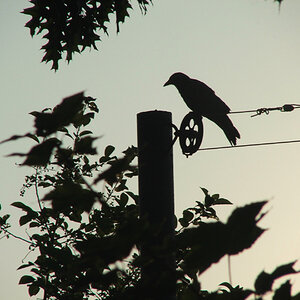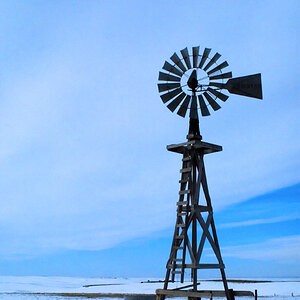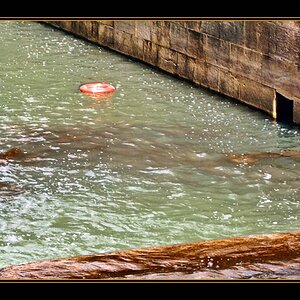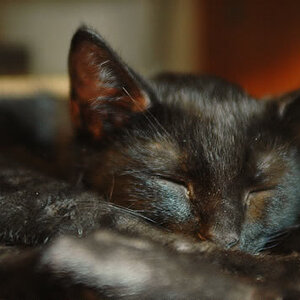andytakeone
TPF Noob!
- Joined
- Jun 10, 2015
- Messages
- 42
- Reaction score
- 6
- Can others edit my Photos
- Photos OK to edit
Hey, yeah, I was wondering how this photographer got their colours to pop like this.
It looks like it's done on film, so maybe it's some chemical post-processing. I'll leave it up to you experts to decipher.
*photos are of Lee Hyeri for Sure Magazine.
https://68.media.tumblr.com/2fc2d0f7a7b1648b752405b2b1a9b926/tumblr_oaz0mhA98p1rc0qiso3_540.jpg
https://68.media.tumblr.com/2bf1aba2228581f67d71ff6c0f5ade53/tumblr_oaz0mhA98p1rc0qiso4_540.jpg
Thanks.
It looks like it's done on film, so maybe it's some chemical post-processing. I'll leave it up to you experts to decipher.
*photos are of Lee Hyeri for Sure Magazine.
https://68.media.tumblr.com/2fc2d0f7a7b1648b752405b2b1a9b926/tumblr_oaz0mhA98p1rc0qiso3_540.jpg
https://68.media.tumblr.com/2bf1aba2228581f67d71ff6c0f5ade53/tumblr_oaz0mhA98p1rc0qiso4_540.jpg
Thanks.






![[No title]](/data/xfmg/thumbnail/38/38261-db20f6f92ee8f0d4c5cf1536e308638b.jpg?1619738546)







